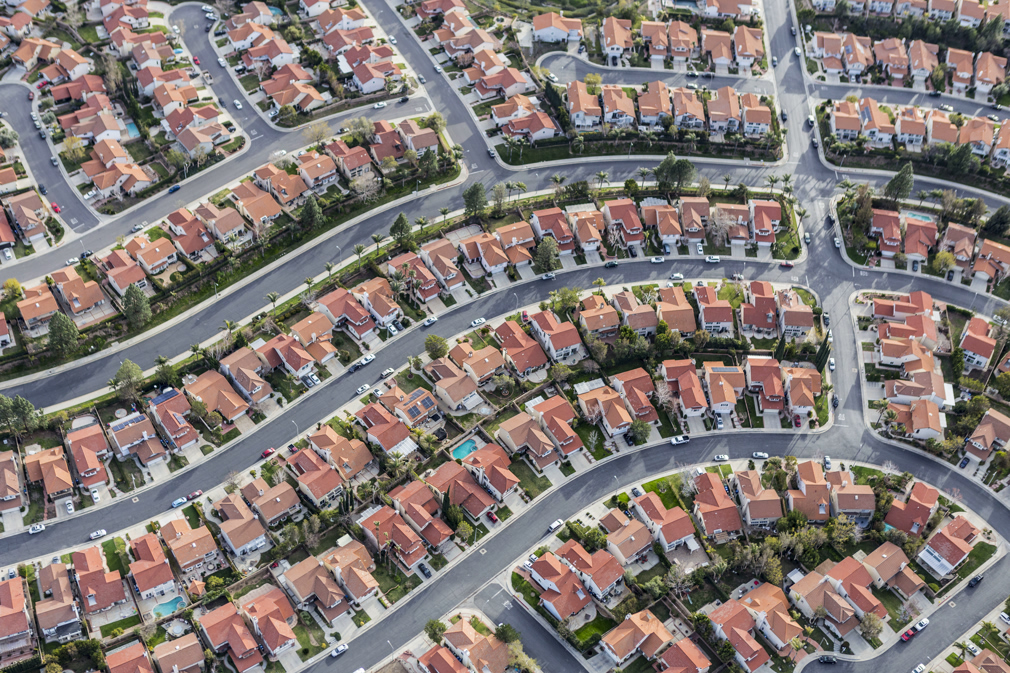U.S. home prices rose 4.2% in February from a year earlier, according to the Case-Shiller National Home Price Index, reflecting the strength of the housing market before the economy shut down to stem the spread of COVID-19.
February’s price increase was a faster pace than the 3.9% annual gain seen in January. The data in Tuesday’s report is based on a three-month rolling average of repeat sales in the U.S.
Next month’s report will show a different picture because of the adverse impact of the state shutdowns aimed at stemming the spread of the deadly coronavirus, said Craig Lazzara, managing director and global head of index investment strategy at S&P Dow Jones Indices.
“As much of the U.S. economy was shuttered in March, next month’s data may begin to reflect the impact of these policies on the housing market,” Lazzara said.
A separate Case-Shiller index measuring 20 U.S. cities, including their metropolitan areas, showed prices gained 3.5% from a year earlier, a faster pace than January’s 3.1%.
Phoenix had the highest year-over-year increase among the 20 cities, with a gain of 7.5%, according to the report. Seattle was No. 2, with a 6% advance.
Seventeen of the 20 cities in the index reported higher annualized price increases, the report said.
The housing market will weaken this year because of the economic fallout of the pandemic, Wells Fargo economists said in a forecast on Friday.
Housing starts, measuring the number of new homes started by builders, likely will fall to 1.17 million in 2020 from 1.29 million in 2019, according to the forecast.
Prior to the pandemic, the Wells Fargo economists projected an increase to 1.33 million this year as builders geared up to meet record demand. When the pandemic hit the U.S., the housing market was struggling with an acute shortage of available properties, unlike the 2008 financial crisis when there was a glut of homes for sale.
“The U.S. economy came to a grinding halt in March as workers were sent home and asked to stay there as the nation battled COVID-19,” the Wells Fargo economists said. “Prior to the domestic outbreak, economic activity was fairly strong.”






